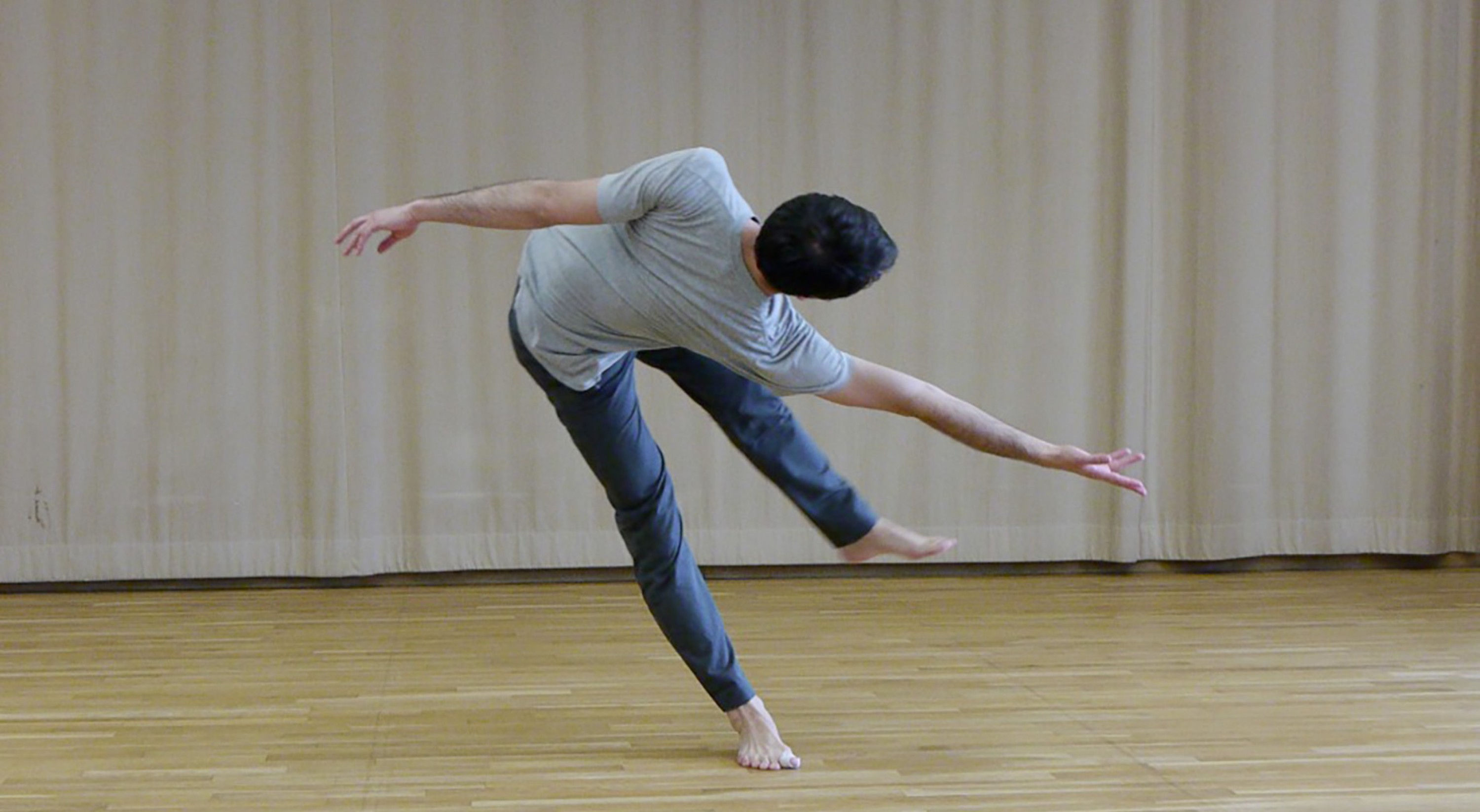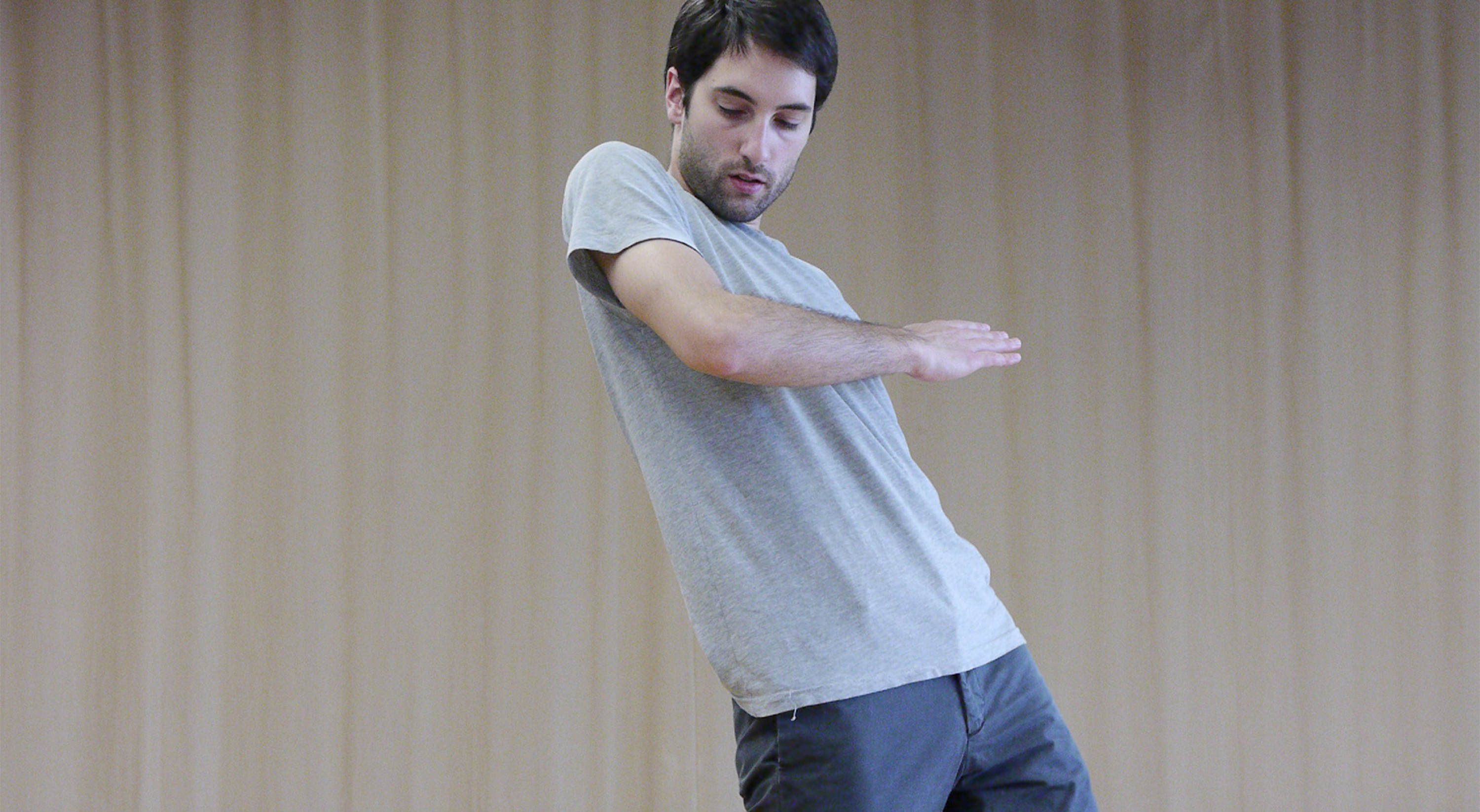Noé Soulier
Mouvement sur mouvement
septembersept 12 – 13
Designed and interpreted by Noé Soulier
Produced by Cndc–Angers
Co-produced by Kaaitheater (Brussels) ; Concertgebouw Bruges; Ménagerie de verre (Paris) ; Festival d’Automne à Paris
With support from CND Centre national de la danse (Pantin)
With special thanks to the Forsythe Company
With support from Dance Reflections by Van Cleef & Arpels
France Culture is a partner of 6 x Noé Soulier
Using William Forsythe’s Improvisation Technologies, Noé Soulier formulates an exercise in the interpretation of gestures via the medium of other gestures. The movement of language and the word of the body interact and mutually transform themselves in a conference which dances and thinks in equal measure.
William Forsythe’s Improvisation Technologies is a choreographic object that defies all classification. Consisting of a series of pedagogical demonstrations in which Forsythe makes shapes with the different parts of his body, it gives rise to lines, circles and points. In Mouvement sur Mouvement (2013), Noé Soulier uses this video as the basis for his research, and then steers it away from its demonstrative vocation by applying different filters to it. Can movements describe other movements? By choosing to perform these images as if they were a score, Noé Soulier seeks to analyze the relationship between the physicality of language and the discourse of the body, whilst paying close attention to the precarious nature of the signs themselves at the same time.


